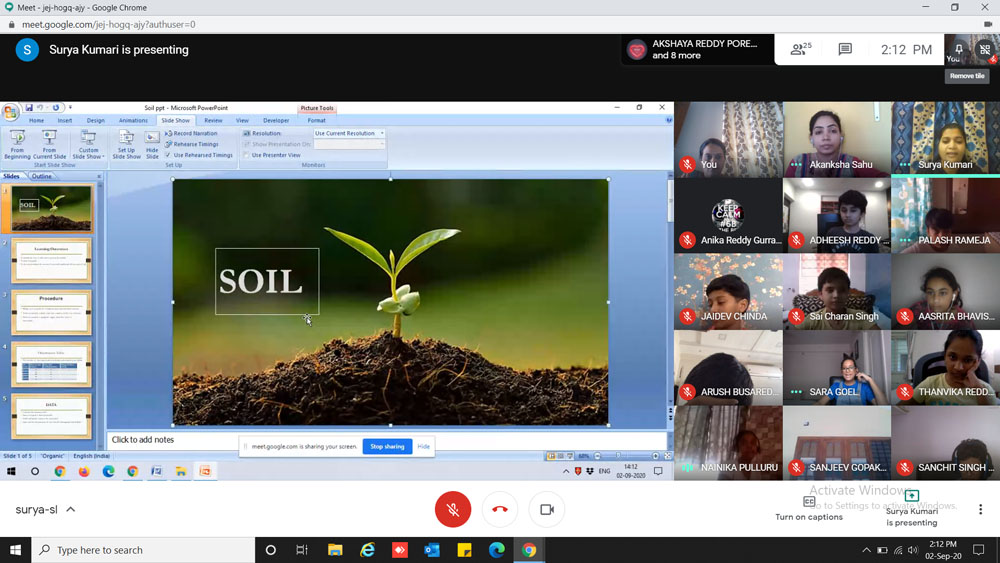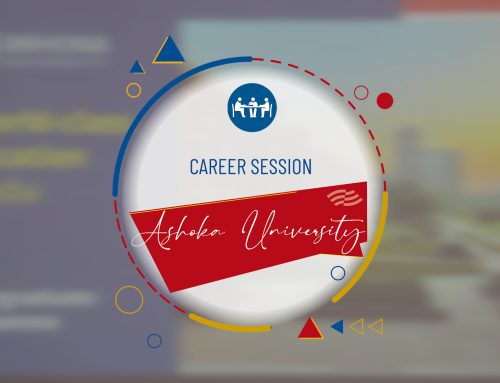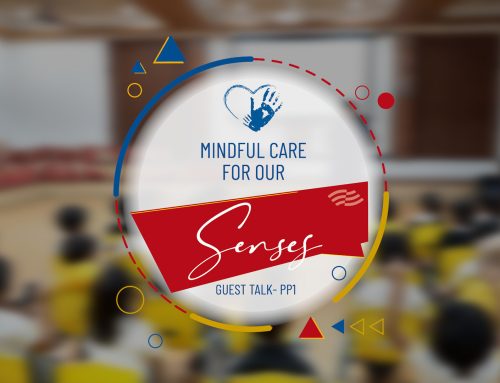The famous quote by Helen Keller- “Alone we can do so little, together we can do so much. “is apt for collaborative learning.
Research shows that educational experiences that are active, social, contextual, engaging, and student-owned lead to deeper learning. The benefits of collaborative learning include development of higher-level thinking, oral communication, self-management, and leadership skills.
“Collaborative learning” is an umbrella term for a variety of educational approaches involving joint intellectual effort by students, or students and teachers together. Usually, students are working in groups of two or more, mutually searching for understanding, solutions, or meanings, or creating a product. There is some evidence that collaboration can be supported with competition between groups, but this is not always necessary, and can lead to learners focusing on the competition rather than the learning it aims to support. Approaches which promote talk and interaction between learners tend to result in the best gains. Promoting real collaboration is hard to do well—and it doesn’t just happen on its own. If we want real collaboration, we need to intentionally design it as part of our learning activity.
In the process, geckos of grade 6 A and 6 B had their collaborative learning on the topic –-Soil, where they were engrossed to investigate the water holding capacity of soil samples .They observed the live demonstration , recorded the values and interpreted the data by using their graphical skills. Each student contributed and shared their own research on the topic with the other members in the group. Enthusiasm in students galvanized when other members in the class posed questions and the presenters patiently used various means to convince them.
This activity not only enhanced their holistic excellence but also imparted core values of caring and sharing. This is one of the learning strategies at our school to make students’ minds –happy minds brimming with joy for learning.







Leave A Comment